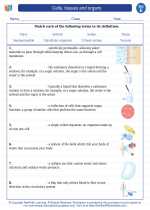Eyeglasses
Eyeglasses, also known as spectacles or glasses, are optical devices consisting of lenses mounted in a frame that holds them in front of a person's eyes. They are primarily used for vision correction and to protect the eyes.
Components of Eyeglasses
Eyeglasses consist of the following components:
- Lenses: These are the most important part of the eyeglasses, designed to correct vision problems such as nearsightedness, farsightedness, and astigmatism.
- Frame: The frame holds the lenses in place and can be made of various materials such as plastic, metal, or a combination of both.
- Nose Pads: These are small cushions on the inside of the frame that help to support the glasses on the nose.
- Temple Arms: Also known as the side pieces, these extend from the frame over the ears to hold the glasses in place.
- Hinges: These are the movable joints that allow the temple arms to fold inward.
Types of Lenses
There are different types of lenses used in eyeglasses:
- Single Vision Lenses: These lenses have the same focal power throughout and are used to correct either nearsightedness or farsightedness.
- Bifocal Lenses: Bifocals have two distinct viewing areas, usually one for distance and one for near vision. They are commonly used by individuals with presbyopia.
- Progressive Lenses: Also known as no-line bifocals, these lenses provide a smooth transition from distance correction at the top to near correction at the bottom.
- Trifocal Lenses: Trifocals have three distinct viewing areas for near, intermediate, and distance vision.
- Specialty Lenses: These include lenses for specific purposes such as occupational lenses for computer use or sports eyewear for active individuals.
How Eyeglasses Work
Eyeglasses work by bending light rays as they enter the eye, helping to focus the light onto the retina. This is essential for individuals with refractive errors, where the shape of the eye prevents light from focusing directly on the retina, resulting in blurred vision.
Maintenance and Care
Proper maintenance and care of eyeglasses are important for their longevity and effectiveness. This includes:
- Regular cleaning with a microfiber cloth and lens cleaner to remove smudges and dirt.
- Storing the glasses in a case when not in use to prevent scratches and damage.
- Adjusting the fit as needed to ensure comfort and proper vision correction.
- Regular visits to an optometrist for vision check-ups and adjustments.
Conclusion
Eyeglasses are essential for millions of people around the world, providing vision correction and protection. Understanding their components, types of lenses, and how they work is crucial for anyone who utilizes them.
.◂Science Worksheets and Study Guides Fifth Grade. Cells, tissues and organs

 Worksheet/Answer key
Worksheet/Answer key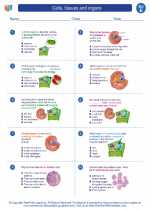
 Worksheet/Answer key
Worksheet/Answer key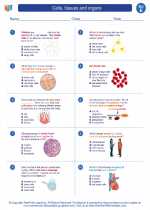
 Worksheet/Answer key
Worksheet/Answer key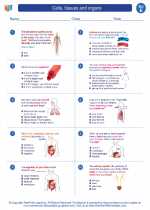
 Vocabulary/Answer key
Vocabulary/Answer key
 Vocabulary/Answer key
Vocabulary/Answer key
 Vocabulary/Answer key
Vocabulary/Answer key
 Vocabulary/Answer key
Vocabulary/Answer key
 Vocabulary/Answer key
Vocabulary/Answer key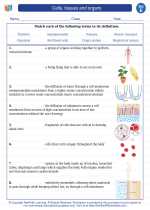
 Vocabulary/Answer key
Vocabulary/Answer key